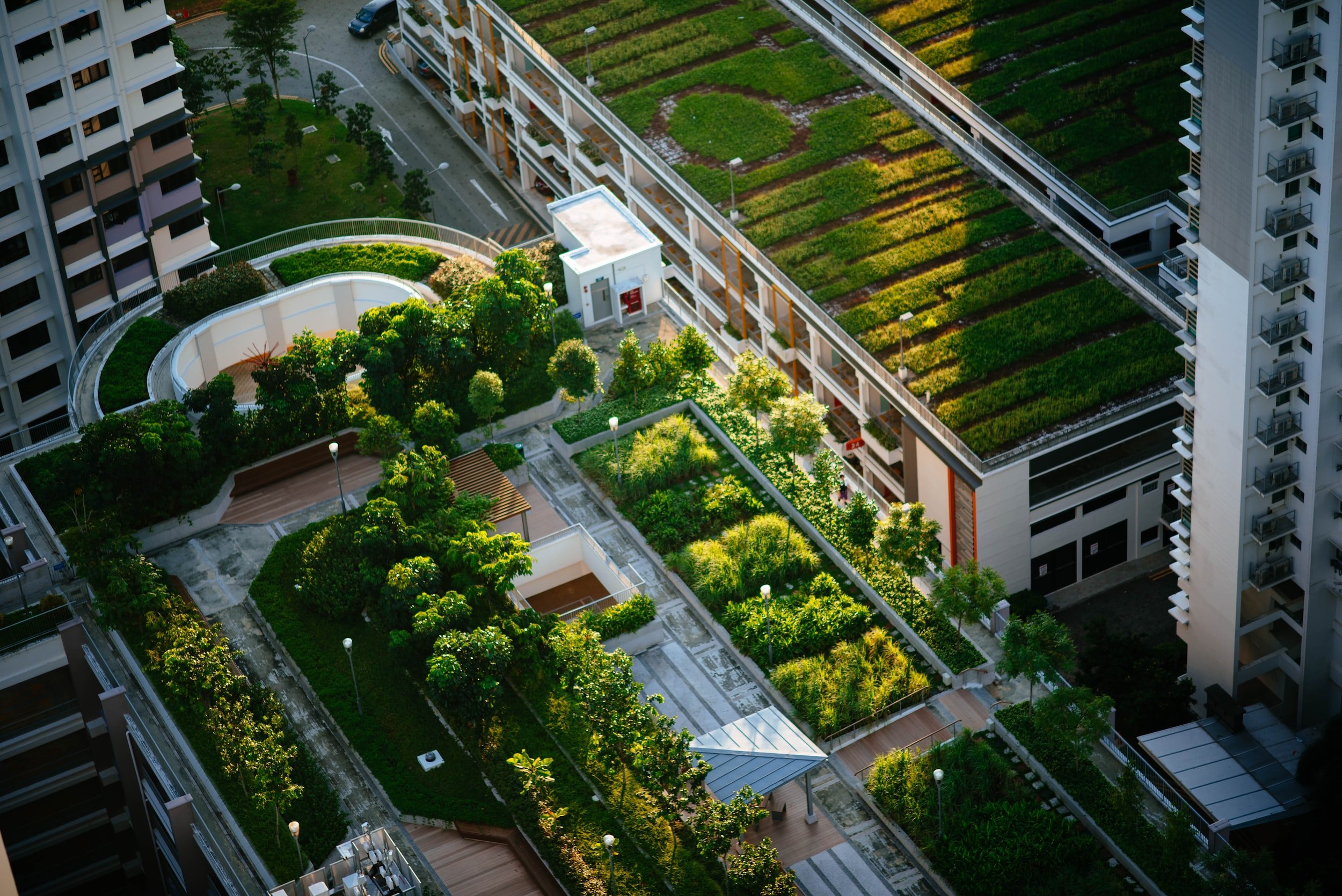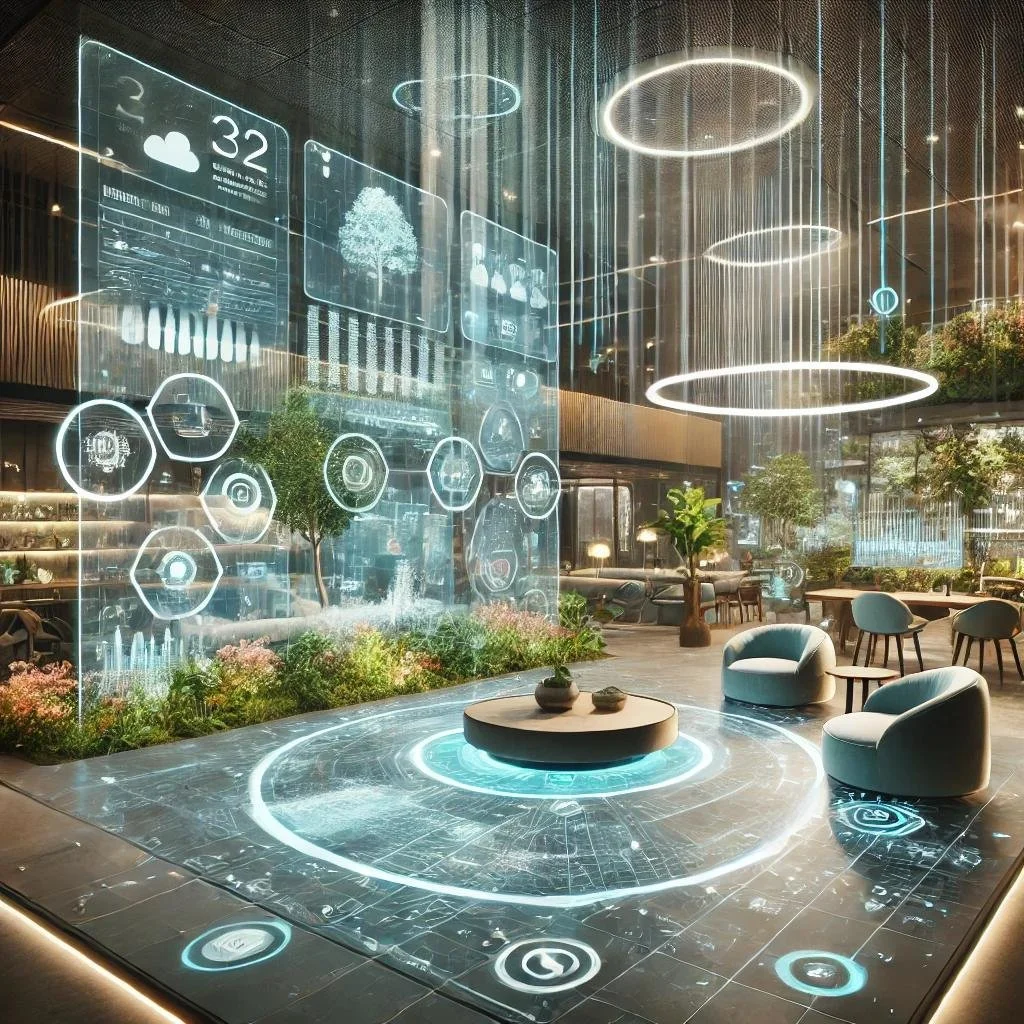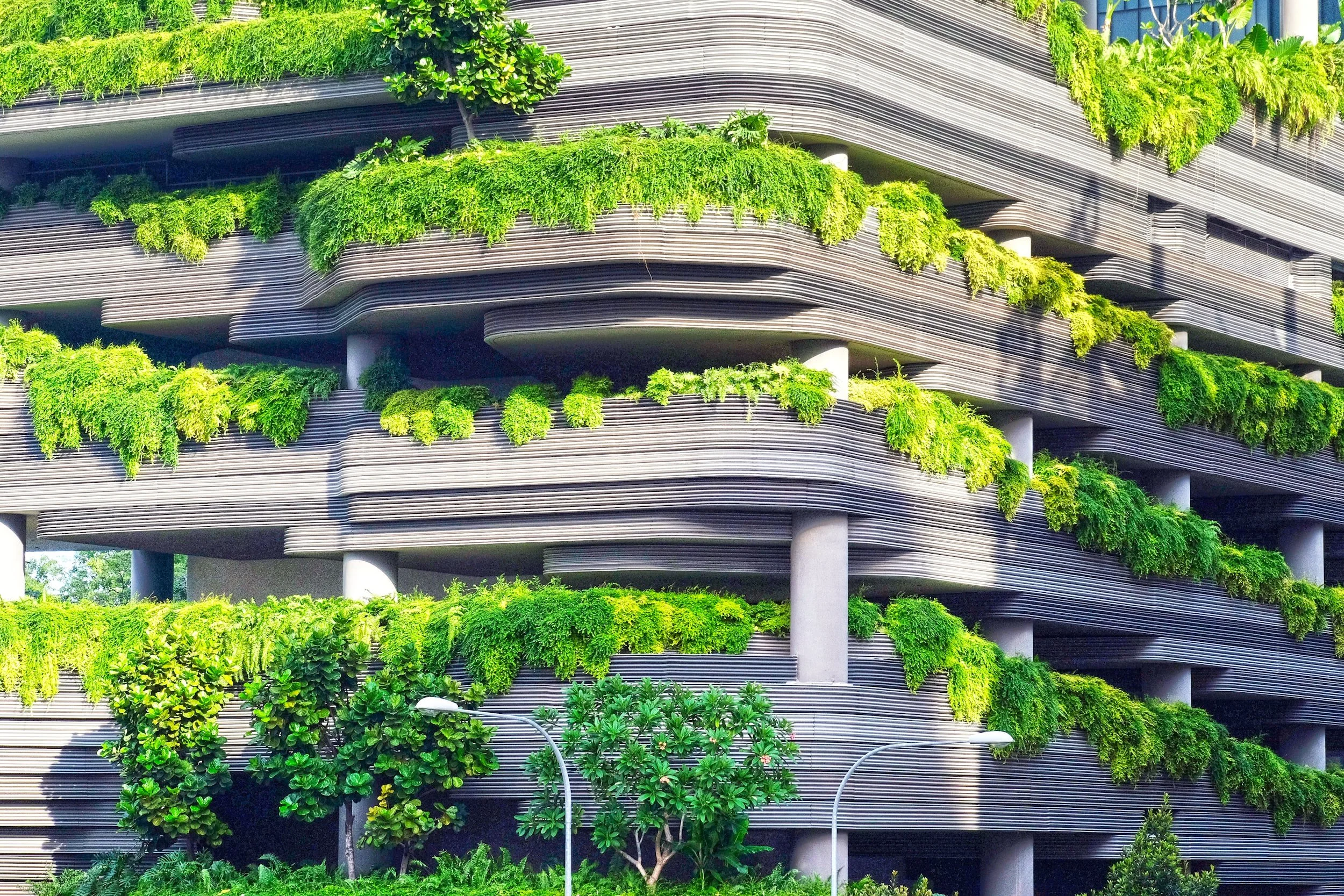Our Research
We use quantitative and qualitative approaches to understand how the built environment impacts human wellbeing.
Our goal is to provide occupants, designers, and owners tools to achieve built environments that meet their needs and to design interventions and adaptations that support occupant wellbeing over time.














